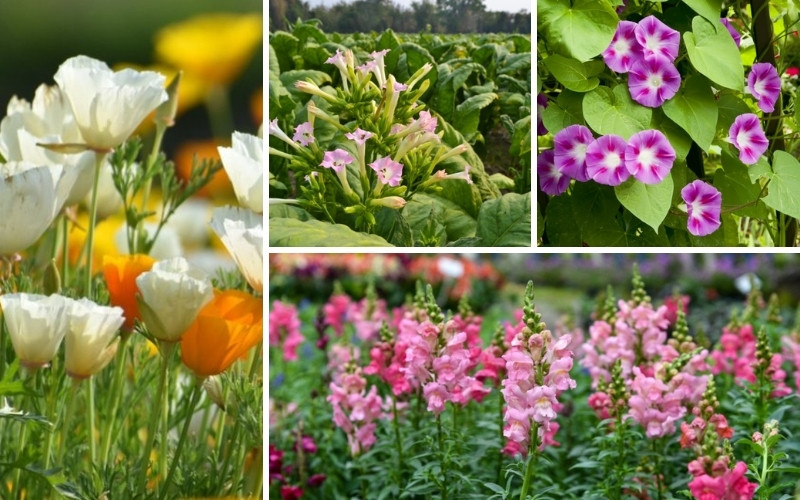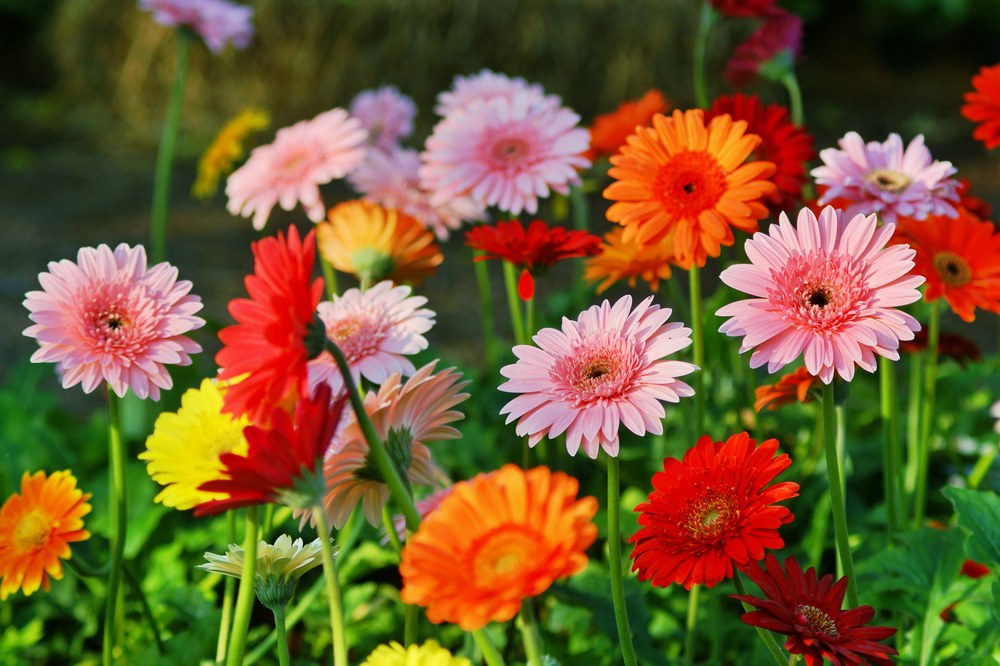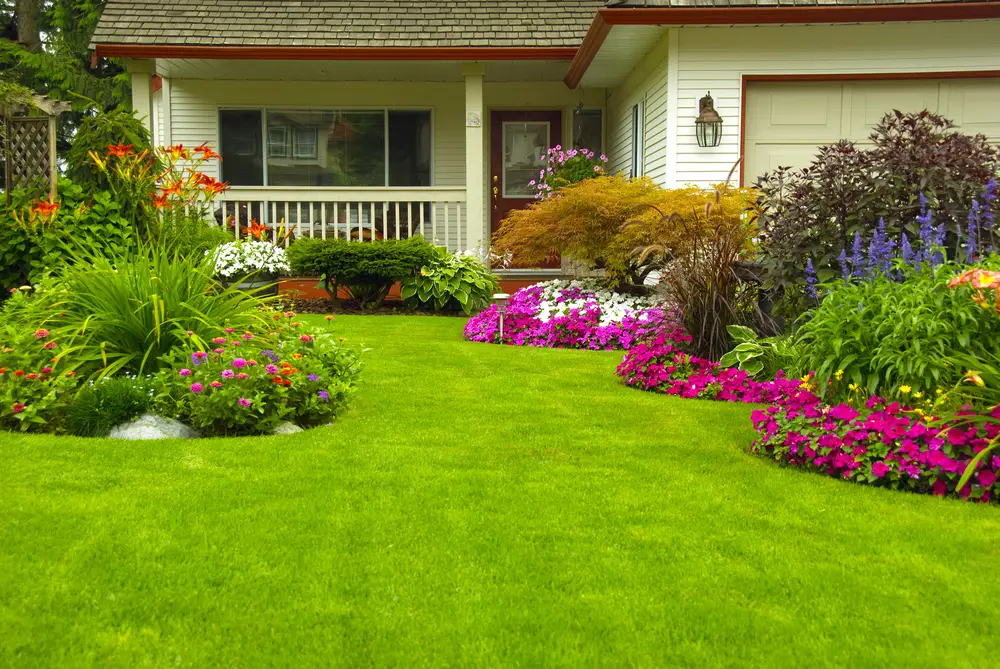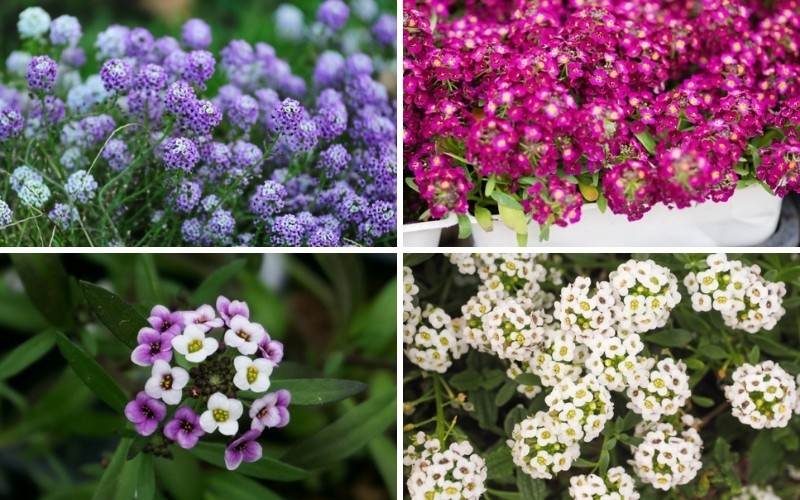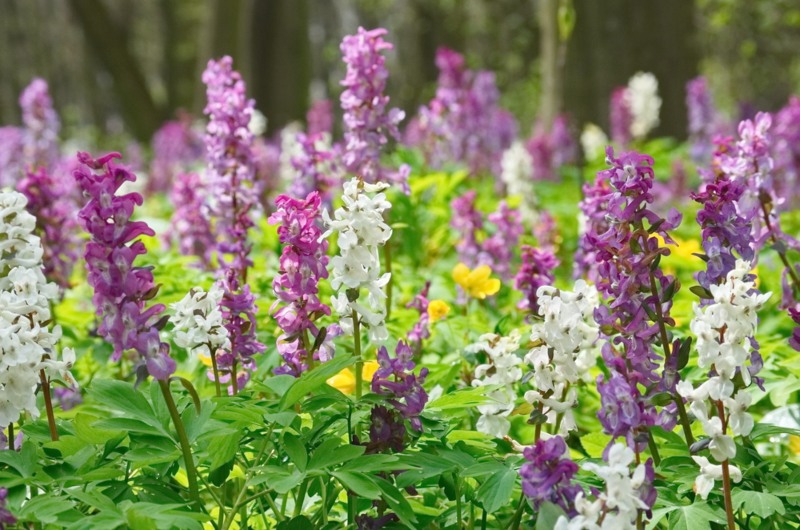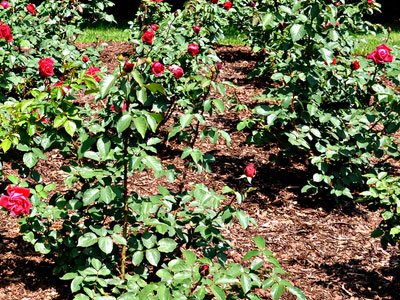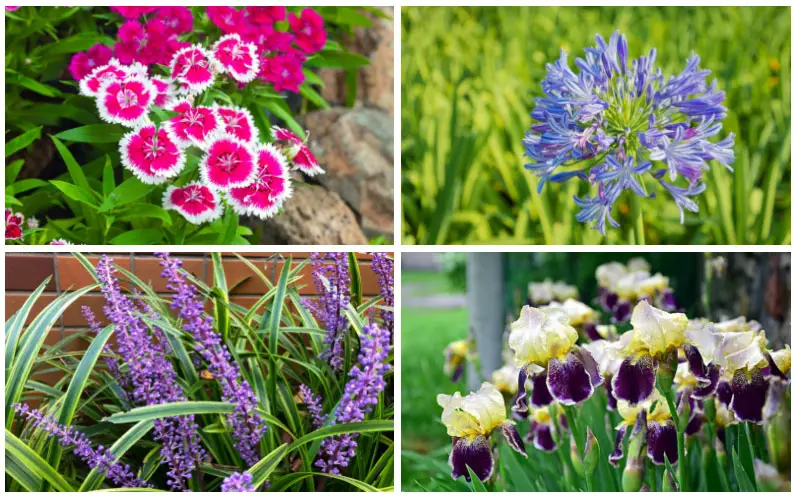
While many plants do not like wet feet, gardening in dry soil poses its own set of problems.
Many gardeners facing this problem also encounter watering restrictions or do not have the time to water daily. There are, however, many plants that thrive in dry soil without a lot of extra care.
Choosing the right plant for dry soil can help solve many problems, but you must also consider your growing zone, the light requirements of the plant, and many other factors.
Foxtail lilies (Eremurus)
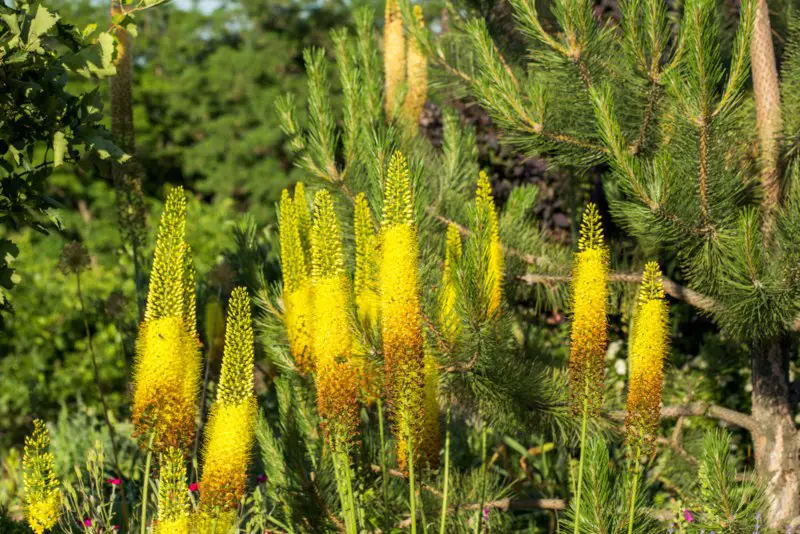
This unique plant produces about a 2-foot square clump. Basil leaves that can be up to 18-inches tall. Out of the center of the clump grows a leafless stalk that can be up to 6-feet tall. In the late spring, six-petal flowers up to 1-inch across cover the top 2-to-3-feet of the stem. This plant grows in zones 5 to 8.
Lamb’s Ears (stachys byzantina)
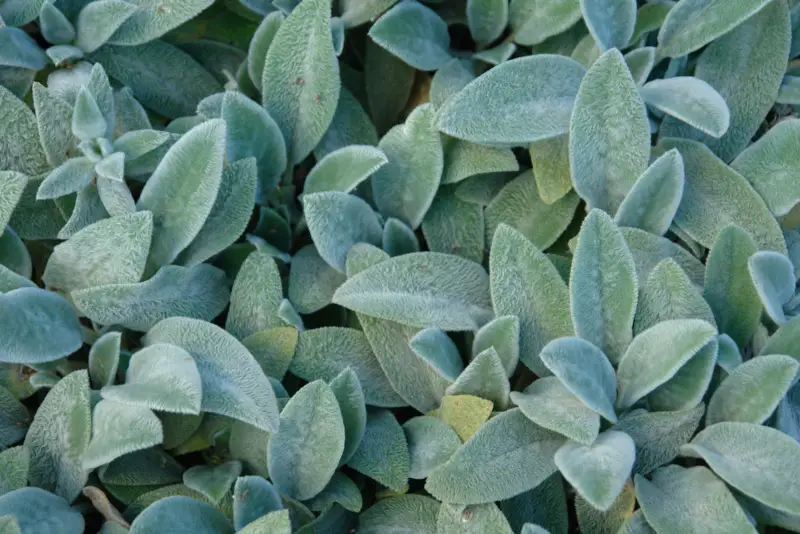
Seldom growing over 18-inches tall, lamb’s ear produces a thick mat of leaves that are about 6-inches tall. The dark-green leaves are unusual because of their wooly appearance. Out of the center of each plant comes a flowering spike in the summer. These spikes bar small purplish-pink flowers. This plant spreads by rosette-forming runners with each rosette having about a 4-inch diameter.
Bearded Iris
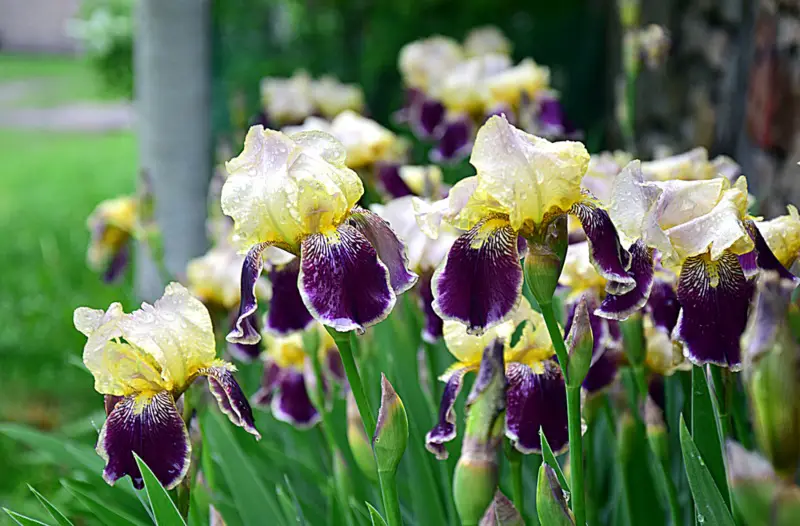
This sun-loving plant that grows in zones 3 to 10 to be about 30-inches tall produces flowers in the late spring. You can find bearded irises that struggle to grow to be 8-inches tall to tall irises that grow to be over 30-inches tall. Each stalk typically produces six flowers in the spring. Many different color combinations are available.
Cardoon (Cynara)
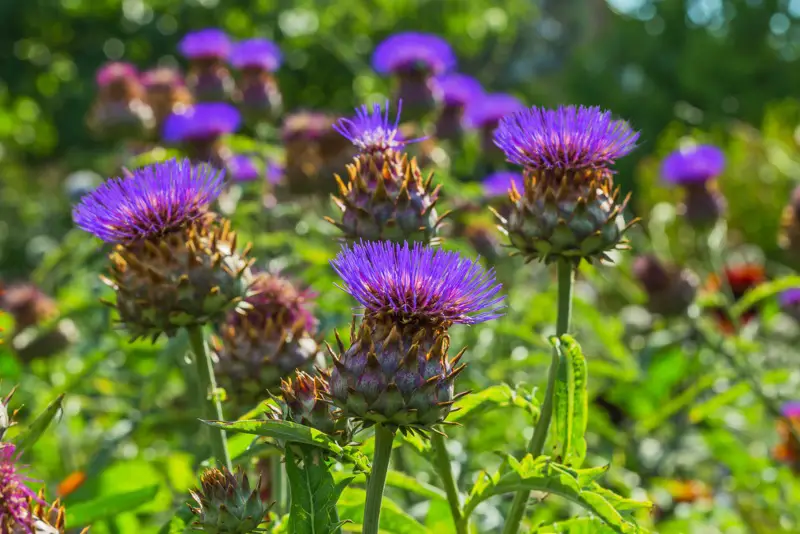
In zones 7 to 9, an excellent option for dry soil may be the cardoon, which grows between 3-and-6-feet tall. The bottom half of each plant contains many deeply lobed, silver-gray leaves. Out of the middle grows a stalk that produces a thistle-like blue-violet flower. They can be cut and used in flower arrangements or dried. This flower typically blooms in late summer.
Passionflowers
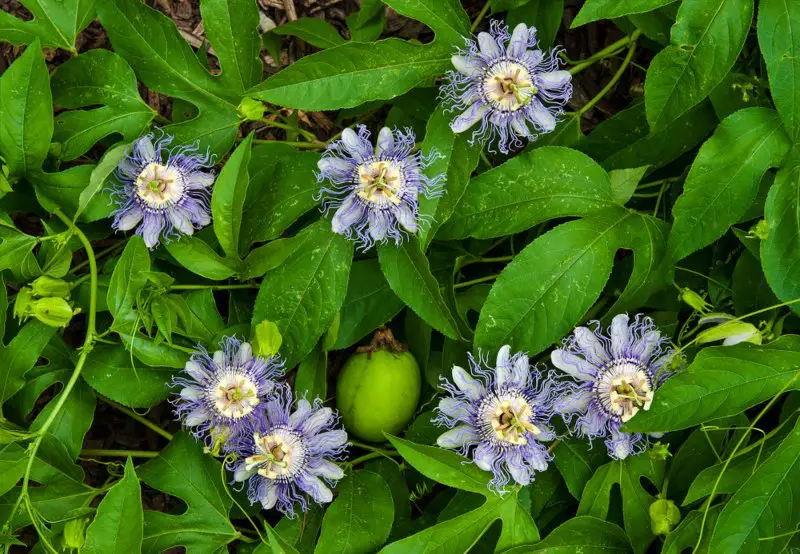
Plant passionflowers in the full sun or partial shade, and you will have a flower that draws interest to itself because of its unique flowering head. This plant that grows in zones 5 to 9 has dark-green, three-lobed leaves. The fragrant flowers that appear in the summer on this plant that grows to be about 7-feet-tall have white petals that surround a central crown of pinkish-purple filament. Each flower also has white sepals. This plat also produces egg-shaped fruit in mid-summer that turn yellowish in the fall.
African Lily
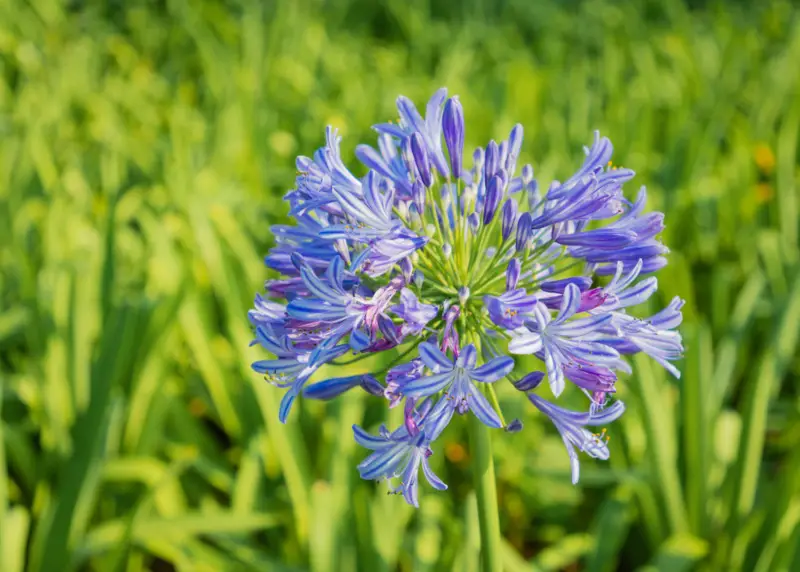
A warm-weather lily, this plant grows best in zones 8 to 10. African lilies have evergreen, grass-like leaves making it an attractive plant when it is not in bloom. In the summer, it produces a flower stalk that is about 20-inches tall and funnel-shaped, blue flowers grow in a cluster on the stem. This plant does best when it is given shade in the afternoon.
Balloon Flower
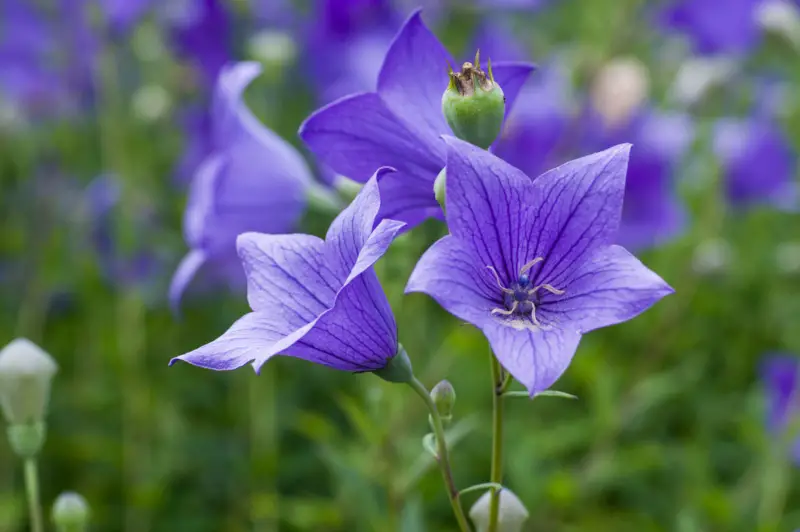
If you live in zones 3 to 8, this is a plant that you will have fun watching. Its flower buds blow up like a balloon before they open in the summer to reveal purple, five-pointed-lobe flowers that either point forward or slightly upward. However, be careful where you plant this choice because it does not emerge until mid-spring, and you do not want to harm its root structure.
Wand Flower (Gaura)
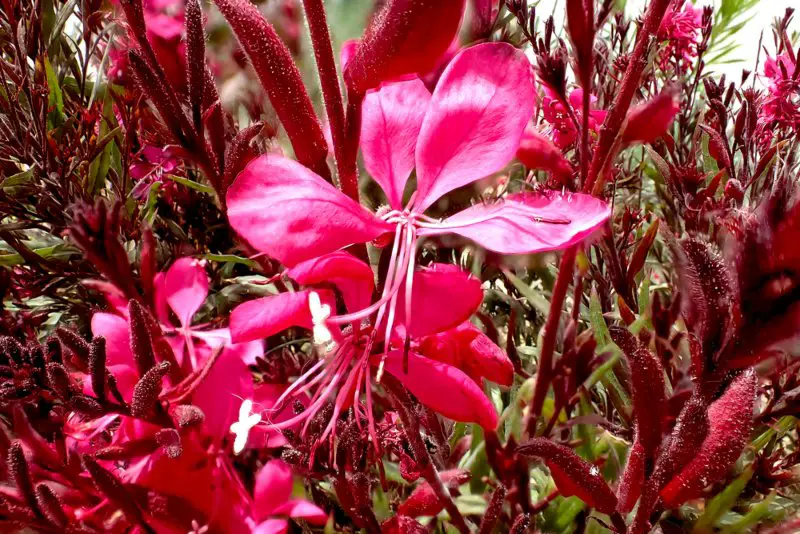
A sun-loving plant that is perfect for borders in zones 5 to 9, this plant grows to be about 5-feet tall. Each flower stem has multiple spoon-shaped leaves that can be up to 3-inches long. Pinkish buds appear along the entire stem that opens to reveal white flowers resembling the end of a wand. Only a few of the flowers on each stem will open at once. As the flowers mature, they turn to pink.
Lilyturf
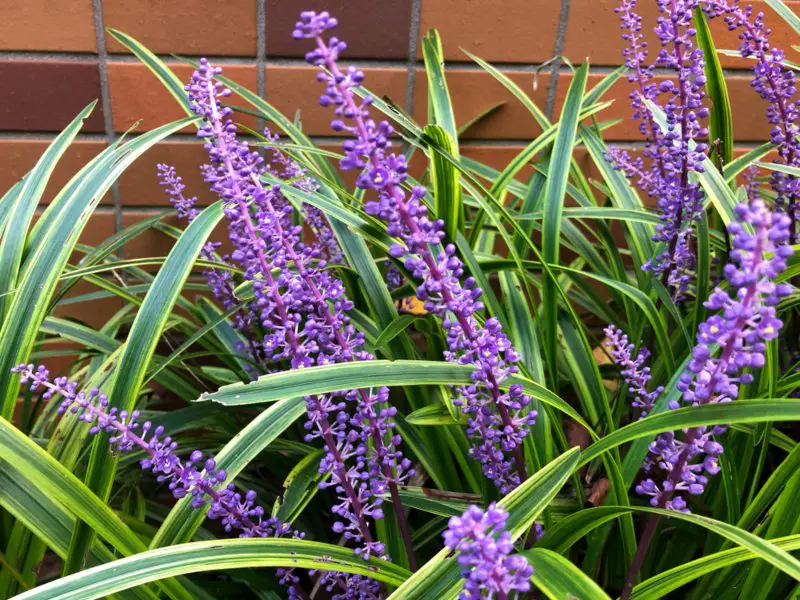
If you are looking for a grass-like plant that does well in dry soil, consider lilyturf. This plant grows to be about 16-inches tall, and it features glossy dark-green leaves that arch. In the late summer, each plant also produces a tiered whorl tightly packed with tiny violet-purple flowers. After the flowers fade on this plant that likes at least six hours of sun daily, blackberries often appear that may stay on the plant until mid-winter.
Pinks (Dianthus spp.)
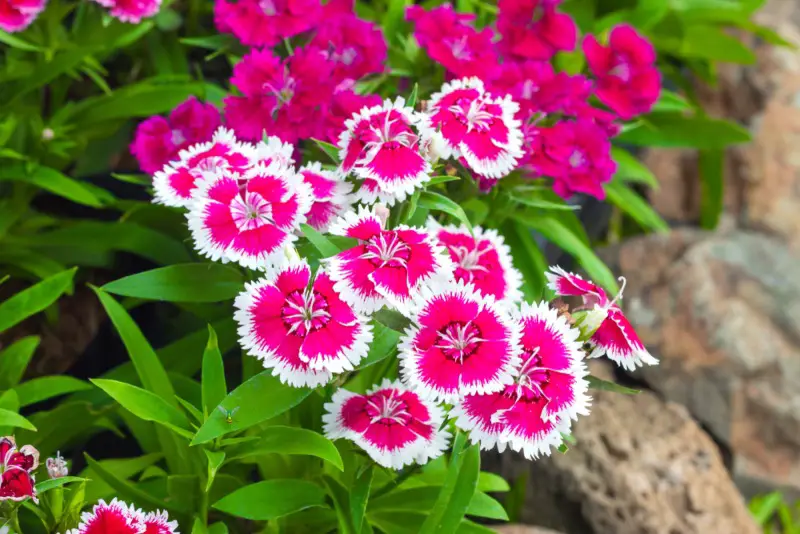
In zones 3 to 9, the first flower may appear on pinks in May, and it may continue blooming until the first hard freeze. The flowers appear on this plant that can grow up to 24-inches tall in flat-topped terminal clusters up to 5-inches wide. You can find single-and-double-flowered plants in many different shades, including red, pink, and white, with some having more than one color of flower on the same plant.
Many plants thrive in dry soil. In fact, given too much water, the roots of these plants often rot. Choose your favorites and get started planning your next garden soon.

